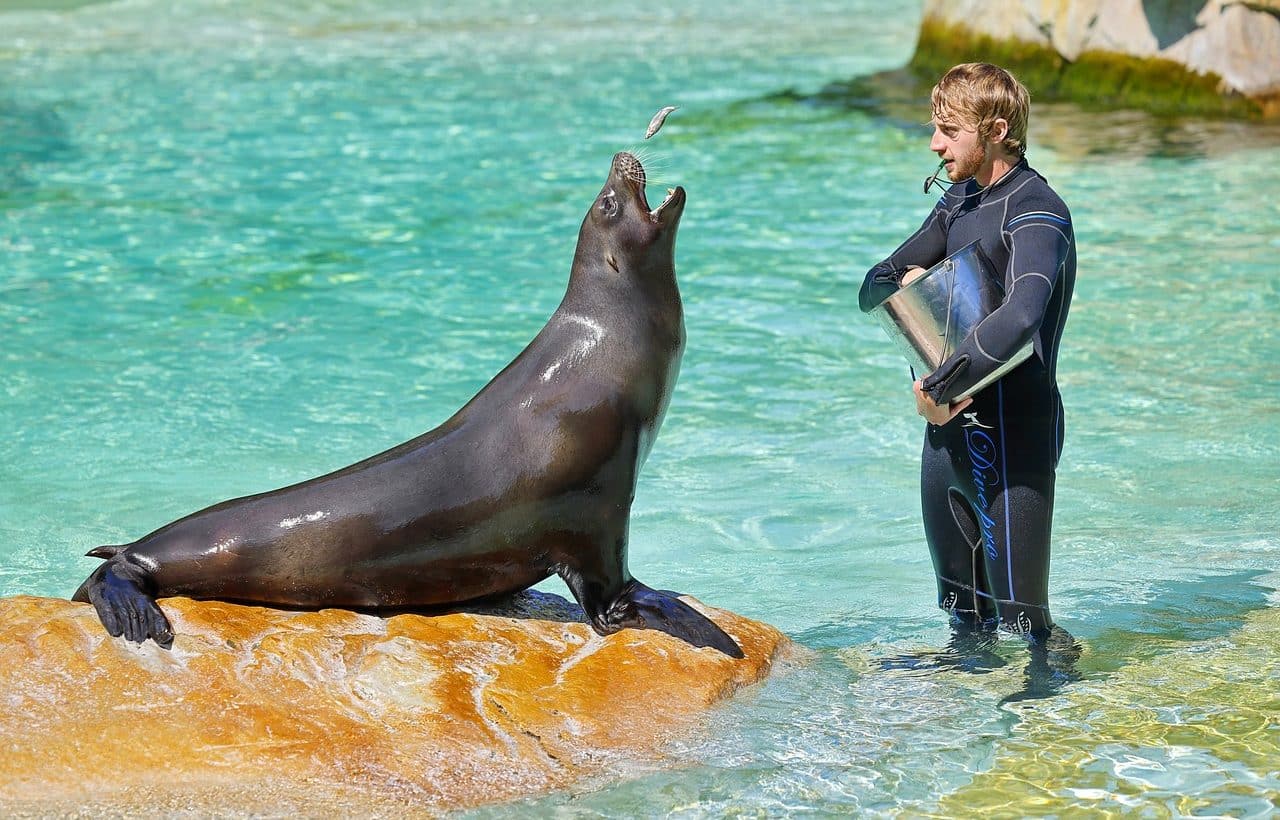
A conditioned response has its origin in experience.
A conditioned response is a reaction that is related to a form of association learning . The subject learns to provide a certain response after a certain stimulus .
Response is the response that one person gives to another when called or requested. The term is also used to name the reaction to a stimulus or the satisfaction of a concern. Conditioned , on the other hand, is that linked to a condition .
What is a conditioned response
To more easily understand how conditioned responses work, it is very useful to study what is called the unconditioned response . There are responses that are natural, like a sneeze when a particle enters the nasal passages. These natural responses, which do not require learning, are unconditioned.
Conditioned responses, on the other hand, arise from experience . The subject is exposed to the conditioned (unnatural) stimulus and responds in a certain way. From experience, therefore, learning emerges.
Fear of dogs
A conditioned response, for example, may be a fear of dogs . A child is not born with a natural fear of this animal . However, if his parents are afraid of dogs and raise the child by warning him about how dangerous these animals can be, the individual will end up developing this fear. In this way, when faced with a dog, he will give a conditioned response.
Although we do not like to admit it, people live limited by many walls that arise as a result of experiences similar to that of fear of dogs, some deeper and more difficult to recognize than others. Social structures impose all kinds of restrictions on us, and this begins with upbringing and continues when we begin to face the outside world: diverse fears, rejection of new ideas, different tastes for men and women, and even "needs" ; Before we ourselves can explore our interior, culture teaches us the path it expects us to follow.

It is common for animals to be trained through conditioned responses.
The conditioned response in animal shows
It is common to use the conditioned response as a training method to get various animal species to work for man, whether in circus shows and amusement parks or in the context of a security force. A sea lion can learn that if it does certain tricks, its trainer will reward it with fish. In this way, it will give conditioned responses to certain orders while waiting for the reward .
Human beings usually rely on the degree of connection they establish with animals through this type of training to judge their intelligence. This may be valid to a certain extent, since if an individual understands the instructions of another and acts as the latter expects, it cannot be denied that he or she has the ability to understand concepts beyond the limits of his or her own culture. However, this is an obtuse and incomplete view, since to effectively measure the intelligence of a living being it is first necessary to know all aspects of its species, its needs, its way of thinking and its communication.
Its phases
Let's see below the three phases that are recognized in learning a conditioned response:
- Preacquisition : the subject receives the stimuli in isolation and without associating them, so that the evaluation of the responses to each one is possible without them being confused with those corresponding to another. All responses that exceed the limits of the experiment must be adequately recognized through a procedure called unpaired control system , which allows the value of the conditioned response to be calculated with great precision.
- Acquisition : the strength of the conditioned response begins to grow, both in terms of its duration and its intensity. If desired, it is possible to proceed to a final phase.
- Extinction : Its purpose is to make the conditioned response disappear, although this is not completely achieved, since there are always residues left in the mind, so recovering it is relatively easy.
